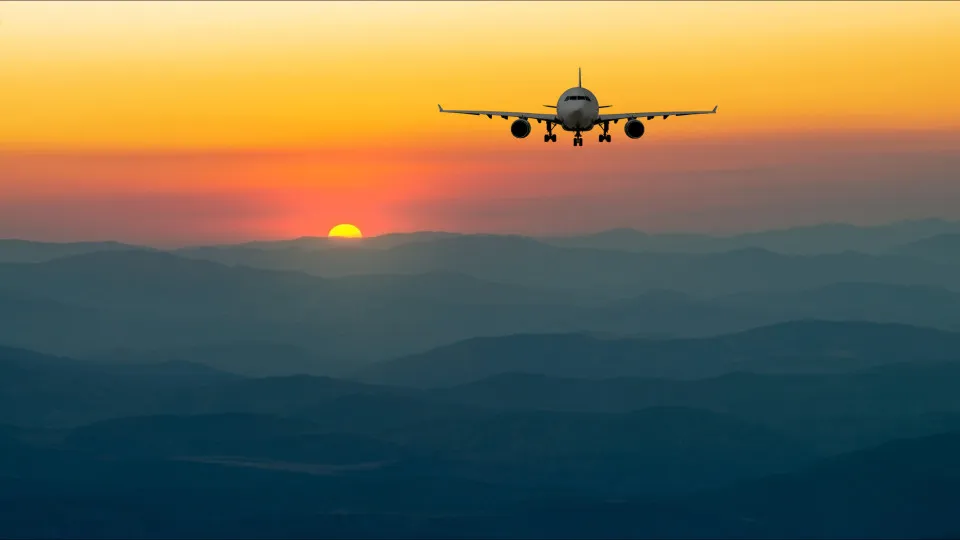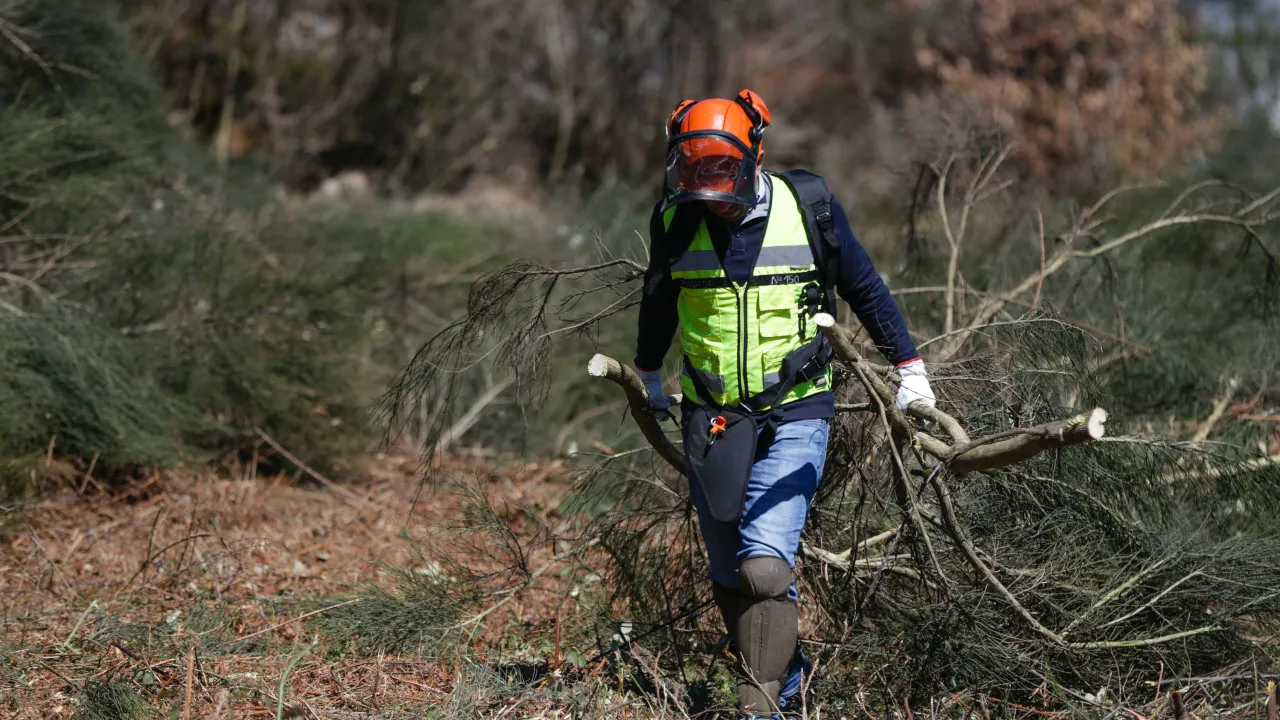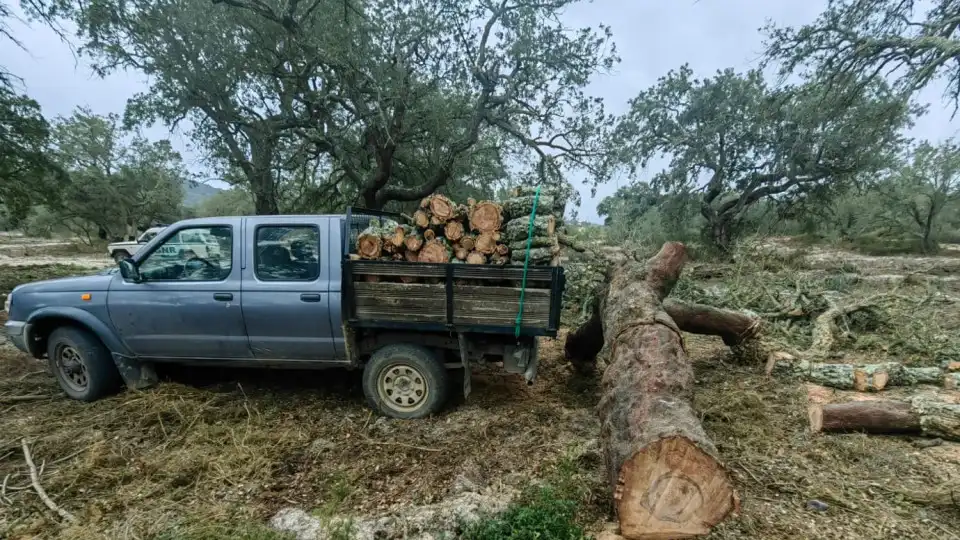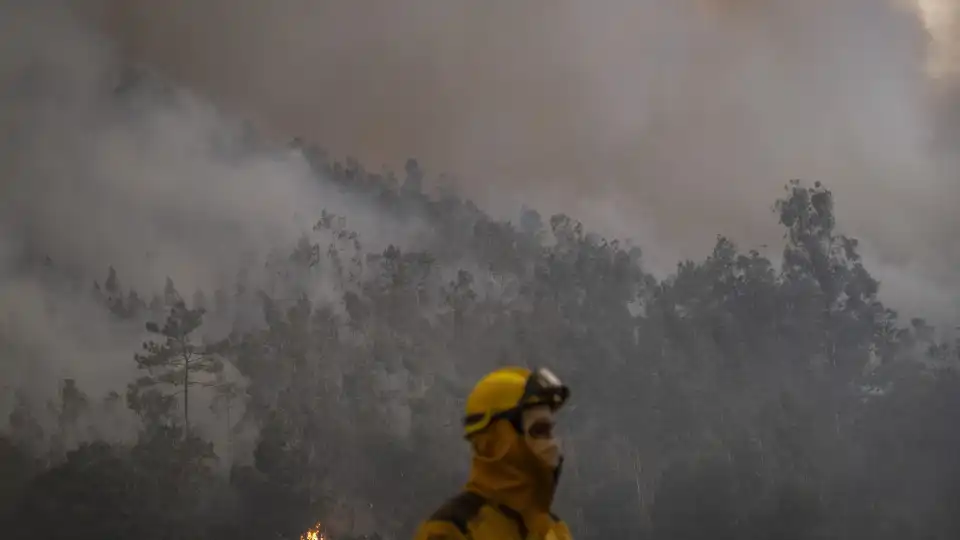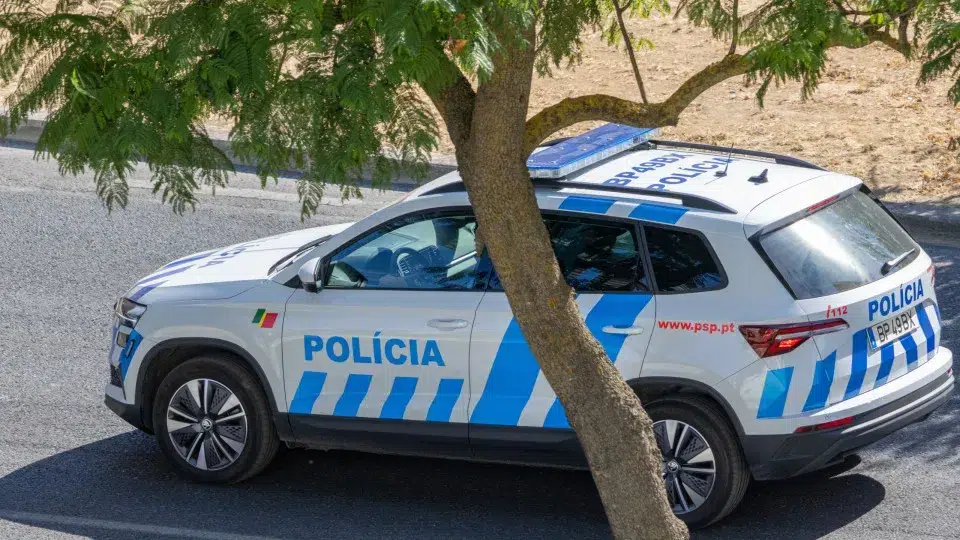The mission, which ends on September 28 and is endorsed by the Blue Ocean Foundation and governmental and institutional partners, is destined for the Gorringe Bank, a mountain range with depths varying between 5,000 meters at its base and 25 meters in the shallowest area.
Considered a site of high biological and geological interest, but still little explored despite past scientific campaigns, the Gorringe Bank is a “very important trigger” to accelerate marine area protection and management measures in Portugal, according to the expedition’s general coordinator and administrator of the Blue Ocean Foundation, Emanuel Gonçalves.
“Portugal is the main holder of marine biodiversity in Europe, but we don’t have the corresponding protection,” he lamented.
The expedition, involving about 50 scientists from Portugal, Spain, France, Germany, the United Kingdom, and the United States, 30 of whom are aboard two vessels, aims to synthesize the scientific knowledge produced about the Gorringe Bank, aggregating new data, disseminating it to “gain society’s support for marine protection” and “activate decision-makers to adopt protection and management measures.”
A scientific report with action recommendations will be published in the first quarter of 2025, and a documentary about the expedition will be shown around that time. Before that, preliminary results of the work done will be released at the end of the expedition.
The Gorringe Bank concentrates various habitats, some closer to the surface and others in deeper waters, such as algae forests, coral gardens, sponge fields, and schools of fish, including sharks. Classified since 2015 as a protected marine area of the Natura 2000 Network, the site is on the migratory route of whales, dolphins, and turtles.
“Remote areas” like this “are more complex to manage,” acknowledges the expedition’s scientific co-coordinator, Henrique Cabral, a biologist working in France at the National Institute for Research in Agriculture, Food, and Environment, emphasizing that the site is subject to “various pressures,” such as fishing and pollution.
For scientists to gather information about the Gorringe Bank’s biodiversity, of which more than 800 species are documented, observations will be made at the surface and at greater depths, and water, fauna, and flora samples will be collected for analysis and identification.
During the work, which includes filming and photographic records, dives will be made at depths varying between 30 to 40 meters, and drones, a video camera system, and a remotely controlled underwater vehicle will be used.
The expedition is led by the emblematic sailing ship Santa Maria Manuela, which belonged to the Portuguese cod fishing fleet and is now used for tourist trips. The vessel departs along with another one at the end of this morning from Cais do Adamastor, in Parque das Nações, Lisbon.
Another vessel, departing from Portimão, will join the expedition with scientists on board, as well as the ship D. Carlos I, from the Hydrographic Institute of the Navy, with ongoing work in bioacoustics and marine floor cartography. Recently, the ship made the first complete survey of the Gorringe Bank’s extension.
In addition to the Blue Ocean Foundation in general coordination, the expedition is promoted by the Lisbon Oceanarium, the Ministry of Environment and Energy, the Institute for Nature Conservation and Forests, and the Portuguese Navy. The initiative also has several institutional and academic partners, both national and foreign.
The Gorringe Bank was first recorded in 1875 by Henry Gorringe, commander of the American ship Gettysburg, during a mapping mission of the Atlantic Ocean floor. The main peaks are the underwater mounts Gettysburg and Ormonde, which almost reach the surface, allowing the deposition of large algae communities.


